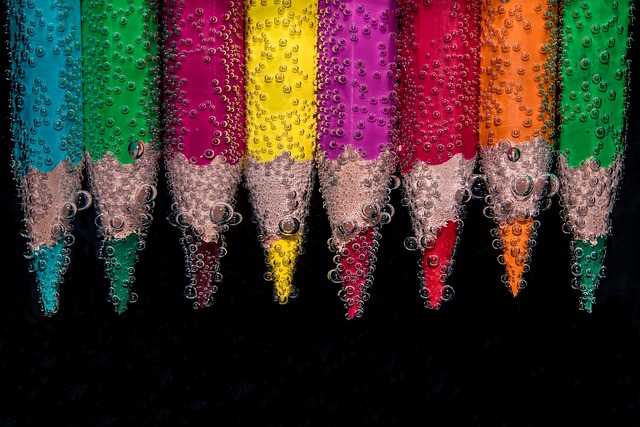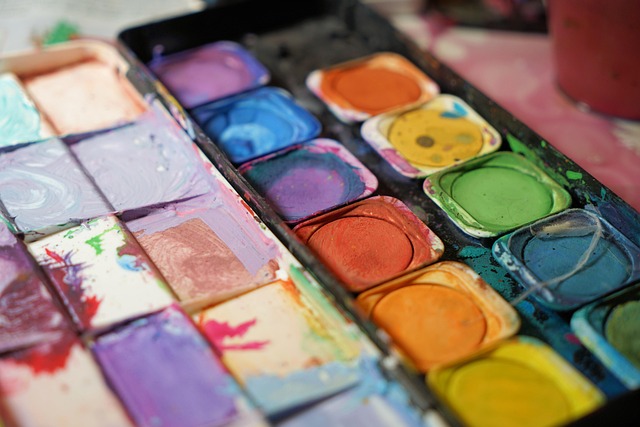Exploring the Boundaries: Conceptual Art in Graphics
In the vast landscape of creativity, conceptual art has emerged as a thought-provoking movement that challenges traditional boundaries and invites viewers to engage with art in novel ways. As we delve into the intersection of art and design, it becomes clear that conceptual art is not just about visual aesthetics; it is a dialogue, an experience that transcends the mere image.
The Essence of Conceptual Art
At its core, conceptual art emphasizes ideas over physical form. Unlike conventional art forms, where beauty and craftsmanship reign supreme, conceptual art invites us to question the very definition of what art can be. It blurs the lines between reality and perception, urging us to ponder the underlying messages and emotions conveyed through the work.
Art Meets Design
In the realm of graphics, the boundaries of art and design are often fluid. Graphic design serves functional purposes, yet it inherently relies on artistic principles. When conceptual art enters this domain, it pushes designers to think beyond the superficiality of visual appeal. The marriage of conceptual art with graphic design transforms mundane communications into powerful statements that evoke emotions and provoke thoughts.
Challenging Perceptions
Imagine a graphic design piece that uses minimalistic shapes and unexpected juxtapositions to explore themes of isolation and connection. This is where conceptual art shines. It invites the viewer to engage with the work actively, interpreting its meaning while considering their personal experiences and perspectives. Artists and designers who embrace this approach often find themselves creating not just visuals but narratives that resonate with audiences on a deeper level.
Real-World Examples
There are countless examples of conceptual art that have made a significant impact in the field of graphics. Think of campaigns that use stark imagery paired with powerful texts to critique societal norms or to raise awareness about pressing issues—these are prime examples of how conceptual art can elevate graphic design, making it not just visually appealing but also intellectually stimulating.
Incorporating Conceptual Art in Your Work
For aspiring graphic designers and artists, the challenge lies in infusing a sense of conceptual thought into their creations. Start by asking questions: What message do you want to communicate? How can the design challenge the viewer’s expectations? By embedding deep meaning into your graphics, you can create experiences that engage and resonate profoundly with your audience.
As we continue to explore the boundaries of conceptual art in graphics, we realize that the merging of thought and design allows for endless possibilities. It encourages us to look beyond the surface and invites even the casual observer to participate in the art-making process. In this way, art becomes not just something to behold but a powerful medium for dialogue, reflection, and inspiration.




